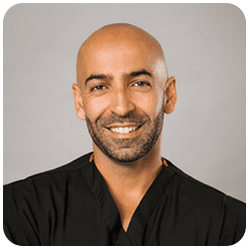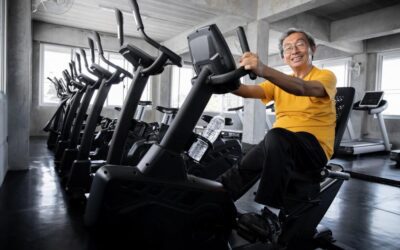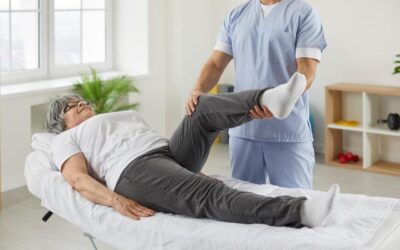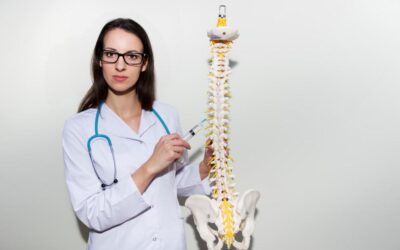When you have a back condition like spinal stenosis or a bulging disc, the back and leg pain you experience can be excruciating and make it hard to do your usual activities and the routines you used to enjoy. Fortunately, Hasan Badday, MD, a board-certified interventional pain management specialist, believes many people with these conditions can relieve their pain through lifestyle changes and other simple at-home adjustments that keep the spine strong.
At Pacific Pain & Regenerative Medicine in Irvine and Los Angeles, California, Dr. Badday recommends patients with mild to moderate back conditions focus on increasing their spine strength through improving their posture in everyday life. Here’s what you need to know about how to improve your posture when you’re sitting, standing, and moving.
What are spinal stenosis and bulging discs?
Spinal stenosis and building discs are both back conditions that affect your spine. Both can cause serious pain in your back and lower body.
Spinal stenosis
Spinal stenosis is caused by the narrowing of your spine. This means your spinal canal has less space for the nerves inside and surrounding your spine.
The compression of these nerves can cause you to feel pain, tingling, numbness, and a burning sensation in your back, legs, and feet. In the most severe cases, it’s possible to have difficulty with bladder control and lower body coordination.
Bulging discs
A spinal bulging disc occurs when a spinal disc between your vertebrae balloons in the area. This can impair the disc’s ability to absorb shock in your spine.
Symptoms of a bulging disc include pain, tingling, muscle spasms, and difficulty walking. A bulging disc in the lumbar area of your back can cause bladder control issues and develop into a herniated disc.
How to treat back pain with improved posture
One of the simplest ways to improve your pain from spinal stenosis and bulging discs is to practice good posture all the time. This helps keep your spine strong, as correct posture keeps your spine from wearing down from additional stress.
To practice good posture, be conscientious of your posture throughout the day, no matter what you’re doing. As a general rule, being mindful about good posture, staying active, and making sure the surfaces in your home and workplace are at a good height to prevent you from slouching all go a long way toward keeping your spine strong.
These tips will help you practice good posture in specific situations, such as when you’re standing, sitting, and bending over.
Good posture when standing
The first step for good posture while standing is to stand tall, at your full adult height. Additionally, straighten your shoulders, hold your head level, and tuck in your stomach.
Standing properly on your feet, with your weight on the balls of your feet, feet shoulder-width apart, and with your arms hanging by your side, also helps you stand with good posture.
Good posture when sitting
When you sit down, ensure you’re in a comfortable chair that supports your back, hips, and thighs, and allows your feet to reach the floor. While working at a desk, keep your elbows bent at a 90-degree angle near your body, and put your laptop or device at eye level to avoid slouching.
It’s also important to take breaks from sitting. While sitting, regularly switch positions, and stretch your muscles gently. Get up and walk around every 30-60 minutes.
Good posture when bending over
Bending over and lifting with poor posture is a common cause of spinal injury. When lifting, always remember to reduce the strain on your back by bending from your hips and knees instead of your back. While lifting an object, keep it close to your body and keep your chest forward.
Additional treatment options for back pain
If practicing good posture for a couple of weeks doesn’t help your pain, Dr. Badday offers additional pain management options for people with spine conditions. At your initial visit, Dr. Badday performs a full evaluation, which may include testing like CT scans and X-rays, to determine the cause of your pain.
Treatment options can include injections, radiofrequency treatment, discography, nerve blocks, and spinal cord or sacral nerve root stimulation. Dr. Badday works with you to develop the personalized treatment course that best resolves your pain.
For support with back pain, spinal issues, and other pain management needs, call the office most convenient for you or book an appointment online today.









